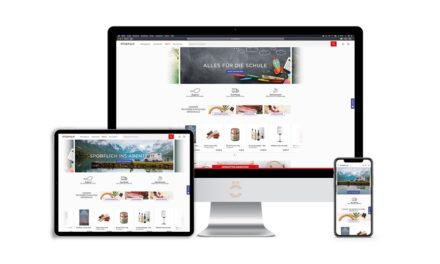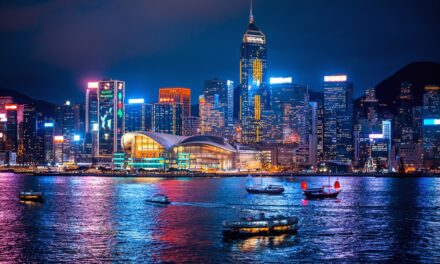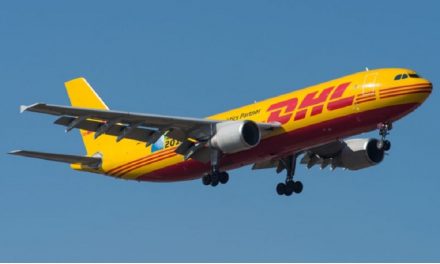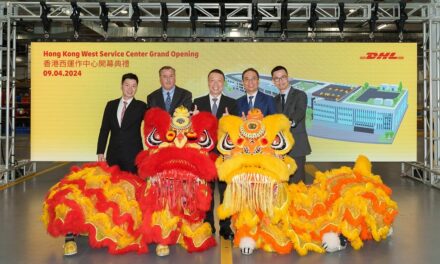
DHL Express improves CO2 efficiency in AsPac
DHL has revealed that its Express division in Asia Pacific has improved overall CO2 efficiency by 19% year-on-year. Overall, the company reduced CO2 emissions by 13m kilograms for FY2009 – representing a 9% reduction of CO2 emissions and yielding a €10m savings in overall energy and ground vehicular fuel costs – with its region-wide carbon footprint assessment and abatement program.
These are the first results of the carbon footprint assessment and abatement program which was started by DHL Express in 2008 covering over 1,000 facilities in 27 markets across Asia Pacific. The purpose of the assessment was to measure and reduce DHL Express’ carbon footprint from energy consumption in real estate and its transport fleet.
Within Asia Pacific, India registered one of the best scores for the reduction of CO2 emissions. DHL Express India saw a reduction of 1.7m kilograms of CO2 emissions across close to 150 sites of operations. It reduced its per unit CO2 emissions by 40% year-on-year in ground transport and registered a 24% reduction per unit CO2 emissions in its real estate energy consumption.
Having reduced its per unit Ground Transport Fuel consumption by 6% and improved its per unit CO2 emissions from real estate by 32%, Blue Dart, part of the DHL Group, saw an improvement on CO2 efficiency by 10% year-on-year.
“We are committed to sustainability and have a responsibility to address environmental challenges. Across Asia Pacific, we took steps to reduce our carbon footprint and improve energy efficiency, optimising delivery routes, switching to clear fuels and consolidating facilities in the region. The results of our assessment are a great encouragement – clearly with our commitment to sustainable solutions, we can make a difference,” said John Pearson, CEO, DHL Express, Asia Pacific, Eastern Europe, Middle East and Africa (APEM).
In India, DHL Express’s internal initiatives included optimizing delivery routes, switching to clean fuels and consolidating facilities in the country. Simple measures went a long way – encouraging staff to switch off the lights in areas which are not in use, adjusting the air conditioning to an optimal setting, phasing out excess printers and photocopiers, auto hibernation of PC monitors, prudent use of Material Handling Equipment (MHE) to optimise the energy consumption and utilisation.
For Blue Dart, the leading domestic air express company, measures undertaken included raising awareness and close monitoring of energy expenditures, route optimisation for its vehicles, introducing fuel-efficient vehicles, initiating lights-off initiatives and reduction in air conditioning usage, re-lamping using energy-efficient light bulbs, re-use of plastic bags, setting two-sided printing as default for all shared printing equipment, and launching an electronic edition of Daily News within the company to reduce usage of paper.
“Fleet optimisation was one of key areas for emission improvement in India. DHL Express reviewed areas where we predominantly delivered documents and replaced over 60 vehicles with 75 motorbikes thereby increasing fuel efficiency. Blue Dart, which operates over 5,000 vehicles, worked on substituting air routes with intercity road line haul. At the same time, we have implemented pick up and delivery optimisation measures to further enhance our operational efficiency and service levels for customers,” said Malcolm Monteiro, senior vice president and area director, South Asia for DHL Express.













